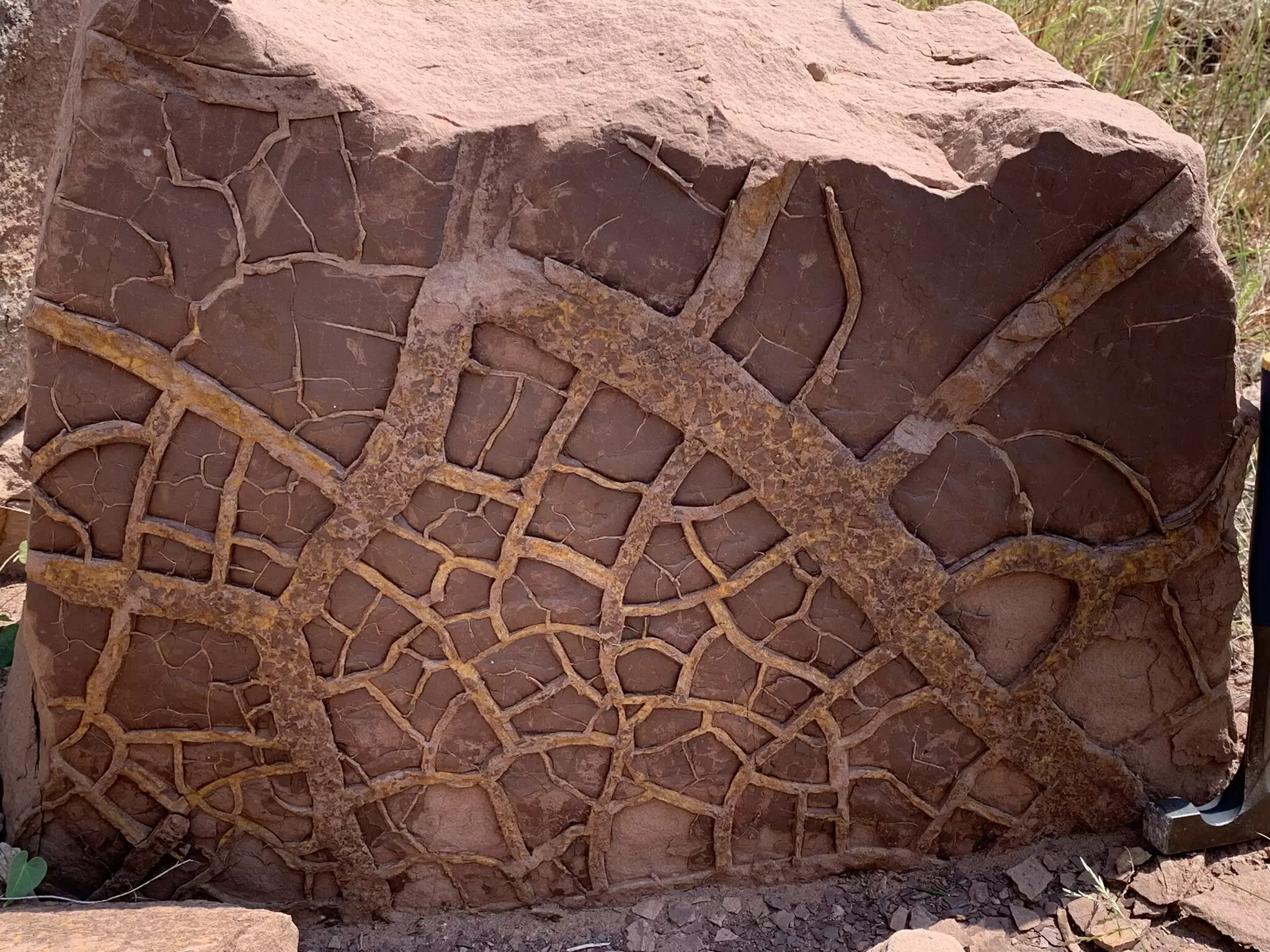The Permian-Triassic extinction event, which occurred approximately 252 million years ago, is known as the most catastrophic mass extinction in Earth’s history. Recent research has provided new insights into the mechanisms behind this dramatic event, particularly highlighting the impact of mega ocean warming driven by El Niño-like conditions. Co-led by researchers from the University of Bristol and China University of Geosciences (Wuhan), the study shifts the focus from solely volcanic eruptions in Siberia to a more complex interplay of climate variability that devastated life both in terrestrial and marine ecosystems.
Traditionally, scientists have associated the Permian-Triassic extinction with massive volcanic eruptions in present-day Siberia, which released substantial amounts of carbon dioxide into the atmosphere. These emissions catalyzed rapid climate warming, leading to severe disruptions within ecosystems. While the devastation among marine life was noted, scholars often struggled to explain the simultaneous collapse of terrestrial life forms, especially considering that many of them, such as certain plants and insects, had demonstrated resilience in previous environmental stresses.
The current study elucidates how increases in greenhouse gases amplify not only global temperature but also weather volatility. This variability is not merely about rising temperatures; it indicates a cycle of extreme weather events that drastically altered ecological conditions. Dr. Alexander Farnsworth, one of the co-lead authors, noted that species under significant environmental stress typically find refuge by migrating to cooler regions. However, in the case of the Permian-Triassic event, the climate’s erratic oscillations rendered such migration insufficient for survival.
The research focuses on how intense and prolonged El Niño events during the Permian-Triassic period created an environment where life could not adapt. These occurrences led to widespread fluctuations in temperature and precipitation patterns, creating a challenging landscape for any living organism. Unlike modern-day El Niño events, which typically last for one to two years, the conditions of the Permian-Triassic era persisted for much longer—causing prolonged droughts followed by catastrophic flooding.
Paul Wignall, another co-author, explained that these fluctuations resulted in harsh living conditions. The persistent drought not only heightened the frequency of wildfires, evidenced by increasing layers of charcoal found in geological records, but also stagnated ocean conditions, further intensifying the crisis. This interplay of extremes indicates a planet trapped in a relentless cycle of environmental turmoil, making survival exceedingly improbable for various species.
The research team utilized advanced climate modeling to assess these historical conditions, revealing that the macro-scale climate changes were profound. The models showed a collapse in temperature gradients, which meant that it was no longer just the tropics facing dire conditions. The warming penetrated to mid-latitudes, resulting in a scenario where the earth became inhospitable for a multitude of life forms.
Moreover, the demise of terrestrial vegetation fueled a feedback loop. Plants play a crucial role in carbon sequestration; their demise amplified atmospheric CO2 levels, further exacerbating warming conditions. This situation underscores a crucial aspect of the extinction process—plants were not just sources of food for herbivores; they also regulated the climate system itself.
Dr. Yadong Sun from China University of Geosciences remarked on this intricate relationship, noting that the extinction on land preceded that in oceans due to the land’s inability to cope with temperature surges at unmanageable rates. The ocean initially served as a buffer against temperature elevation, but eventually, the repercussions of ongoing mega El Niño conditions seeped into marine environments, leading to a comprehensive ecosystem collapse.
The Permian-Triassic extinction serves as a historical lesson about the fragility of Earth’s ecosystems and the potency of climate change, even at a geological timescale. While mass extinctions are rare, they play an integral role in shaping the evolutionary pathways of life on Earth.
As observed after the Permian-Triassic event, the planet eventually saw the rise of new dominants such as dinosaurs. Similarly, every significant extinction event has opened avenues for new forms of life to ascend. As today’s climate crisis unfolds, it raises essential questions about our trajectory and the potential for yet another transformative event.
The research surrounding the Permian-Triassic extinction reveals complex interactions between volcanic activity, climatic shifts, and ecological stability. As we navigate the contemporary climate crisis, understanding these historical events is crucial. The findings from this study impart essential wisdom about the resilience and vulnerability of life on Earth. By learning from the past, we may yet find pathways to mitigate current threats and foster a more sustainable future.


Leave a Reply